In the context of increasingly complex and unpredictable climate change, extreme heat waves tend to increase, causing drought and water shortages, affecting production, the Ministry of Agriculture and Environment is developing drought mapping systems by region and time, to support monitoring and early warning of water shortages across the country.
In particular, the “early identification” system not only helps to clearly identify areas affected by drought; but also integrates water resource scenarios, acting as an important strategic analysis tool, thereby supporting water resource management and effective response planning.
Early, remote response strategy tools
Dr. Nguyen Minh Khuyen - Deputy Director of the Department of Water Resources Management (Ministry of Agriculture and Environment), said that the 2023 Law on Water Resources has marked a turning point in Vietnam's thinking on water resources management. That is, shifting from passive response to proactive coordination; from relying on intuition to making decisions based on data and technology.
One of the major orientations of the law is to promote the application of science and technology, digital transformation in monitoring, forecasting, and comprehensive management of water resources. Accordingly, the ministry has developed a map of drought, water shortage, and water source scenarios synchronously applying modern digital transformation technologies.
The above system is built on the basis of Big Data and digital modeling technology. Input data types include: Meteorological data (rainfall, temperature, humidity); hydrological data (flow, river water level, water storage in reservoirs); data on exploitation, use, and water demand of each industry and region; hydrogeological data (groundwater level by aquifer).
The application of digital models allows all data to be integrated into a centralized management system, allowing for quick updates, synchronization and retrieval. The system also builds and applies a combination of seasonal rainfall forecasting numerical models to forecast rainfall for the next 6 months to provide information for scenarios.
To build the drought map, the research unit also applied hydrological models to forecast the flow and water level in reservoirs. Using methods and algorithms to analyze drought trends, assess the risk of water shortage by region and sub-region. Based on the simulation results, the regions are divided into mild, moderate and severe levels of water shortage.
On the GIS platform, drought maps are designed. Drought areas are visually represented on digital maps, helping users easily identify affected areas, severity and developments over time.
According to Mr. Khuyen, research and practical implementation such as drought mapping systems and real-time water resource scenarios are not only relevant, but also strategic tools for effective management.
“They allow us to read the state of water resources in the near future, thereby anticipating risks for early adjustment and remote management. This is a fundamental step to ensure water security, sustainable development of agriculture, urban areas and energy in a risky climate environment,” Mr. Khuyen shared.
However, Mr. Khuyen also noted that in the long term, the system needs to be closely connected with remote sensing satellite data, global climate forecast models and IoT sensor systems in the field, to improve the accuracy and timeliness of information.
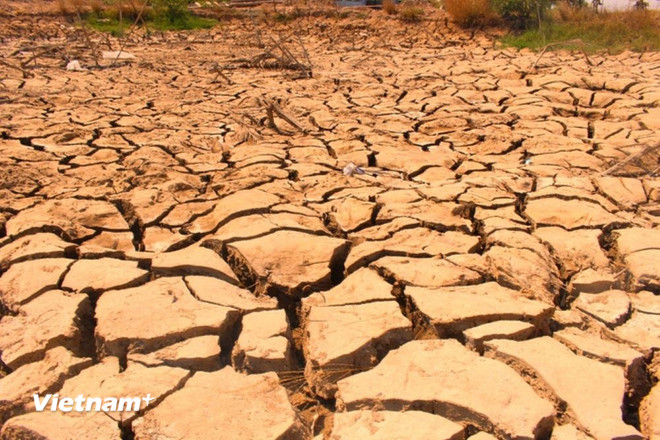
In addition, training of local experts and technicians is also needed to operate and update drought maps and water source scenarios in real time, because this is not only a professional tool but also an "extended arm" for the community to participate in monitoring, adapting and protecting national water resources.
Research must be "substantial"
According to Deputy Minister of Agriculture and Environment Phung Duc Tien, in the context of increasingly complex climate change and unusual weather changes, the current water resource issue is not only a temporary challenge, but a fundamental problem for food security, for planning irrigation works, and for the country's climate change response strategy.
To effectively solve the above problem, according to the ministry's leaders, it is necessary to rely on a solid scientific foundation, from which to make accurate forecasts and appropriate response scenarios. "We cannot continue to operate in an emotional manner, without relying on data and scientific models," said Mr. Tien.
Mr. Tien also noted that over the years, localities have not really changed their awareness in the approach to water resources management and irrigation works. There is even still a situation of "reporting according to procedures, not linked to reality," not fully reflecting the fierce fluctuations of nature and human adaptability.
In the context of irrigation being recognized as an important pillar in the strategy to adapt to and mitigate the impacts of climate change, Mr. Tien called on scientists, managers, and technical experts to step out of the "administrative reporting loop," boldly propose new models and new approaches, closely linked to actual developments.
Mr. Tien also paid special attention to the construction of flexible and adaptive irrigation works, capable of operating according to real-time meteorological forecasts; and the projects must be designed in a multi-purpose direction, ensuring integration between natural disaster prevention, water regulation, and ecological protection.
“Science and technology, artificial intelligence, and digital forecasting models will be the foundation for the irrigation sector to fulfill this new role. We need to consider water research as a key field, because if we cannot solve the water problem, we cannot ensure sustainable development,” said Mr. Tien, emphasizing that research needs to be “substantial.”
Director of the Department of Management and Construction of Irrigation Works (Ministry of Agriculture and Environment) - Mr. Nguyen Tung Phong also frankly said that it is time for the industry to change its approach, from administrative thinking to integrated, comprehensive thinking, closely linked with interdisciplinary fields.
According to Mr. Phong, irrigation cannot exist as an isolated field, because current water issues are closely related to agriculture, environment, urban areas, hydrometeorology and even other socio-economic fields.
“Therefore, to solve big problems, it is necessary to build integrated, interdisciplinary solutions,” Mr. Phong emphasized, saying that it is necessary to focus resources in the right place and for the right task. Instead of spreading investment evenly, priority should be given to thoroughly handling hot spots, areas that are directly facing natural disasters such as drought, flash floods, saltwater intrusion or serious landslides.
In the long-term orientation, the Director of the Department of Management and Construction of Irrigation Works sets out the requirement to raise the level of scientific research in the field of irrigation. According to him, research cannot continue on a fragmented and discrete scale, but must build large, systematic programs that are capable of creating specific products and can be applied immediately in practice.
“Those 'good' topics not only solve technical problems but are also linked to industry development strategies, which will help ensure that investment in science truly brings value to society,” Mr. Phong emphasized.
From the perspective of direction to specific actions, the above orientations and solutions show the effort to renew the thinking of irrigation management of the agricultural and environmental sectors towards science, practice and innovation.
This is also a necessary step to realize the goals of Resolution 57-NQ/TW, in which irrigation is not only a technical field but also a pillar in the strategy for sustainable development, adaptation to climate change and ensuring national water resource security in the coming time./.
Source: https://www.vietnamplus.vn/quan-tri-nuoc-thoi-dai-so-xay-dung-ban-do-han-lieu-truoc-cac-nguy-co-post1038582.vnp


![[Photo] National Assembly Chairman Tran Thanh Man meets with Thai Prime Minister Paetongtarn Shinawatra](https://vphoto.vietnam.vn/thumb/1200x675/vietnam/resource/IMAGE/2025/5/15/e71160b1572a457395f2816d84a18b45)

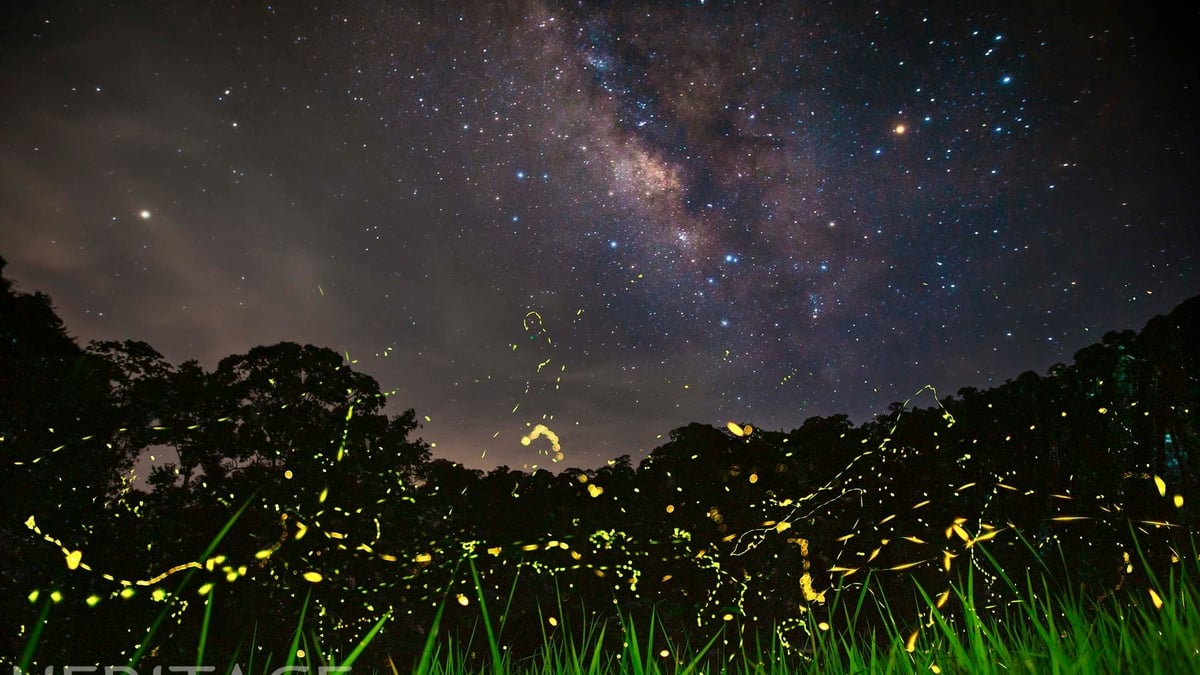
![[Photo] Prime Ministers of Vietnam and Thailand visit the Exhibition of traditional handicraft products](https://vphoto.vietnam.vn/thumb/1200x675/vietnam/resource/IMAGE/2025/5/15/6cfcd1c23b3e4a238b7fcf93c91a65dd)

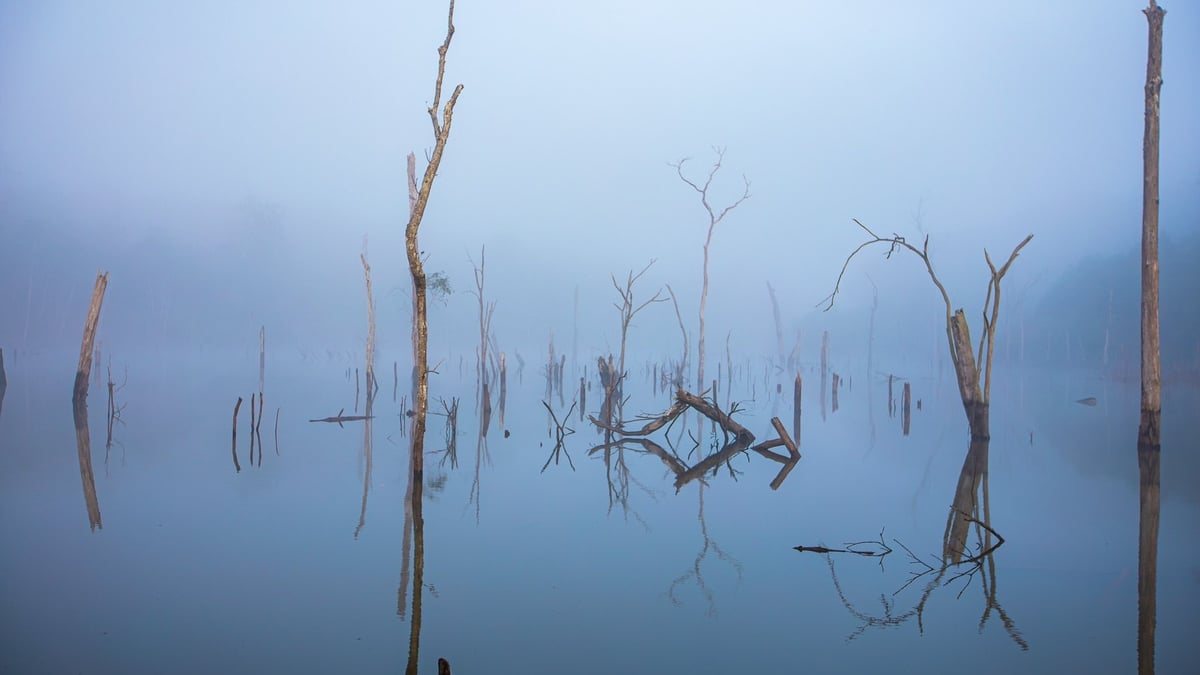
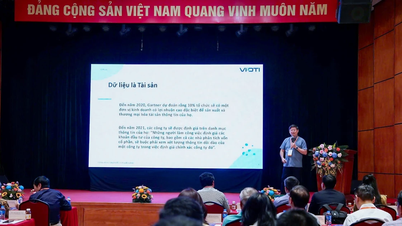




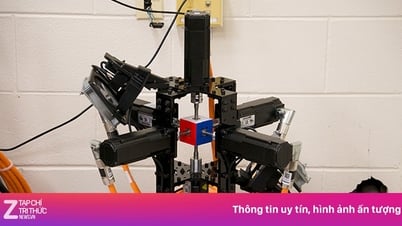







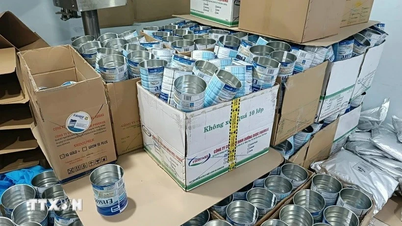
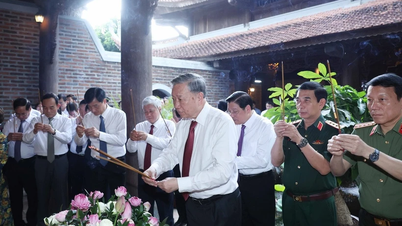

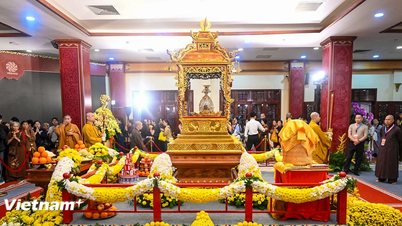
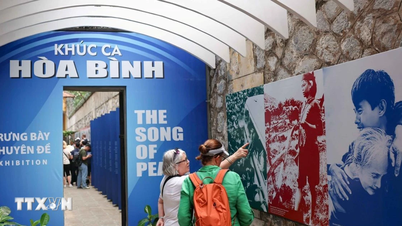
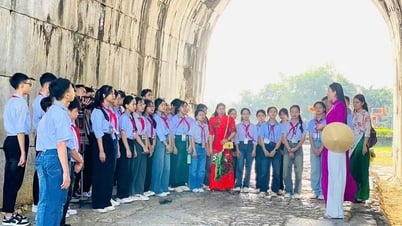

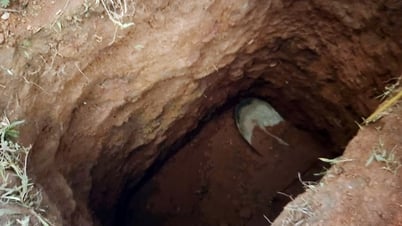
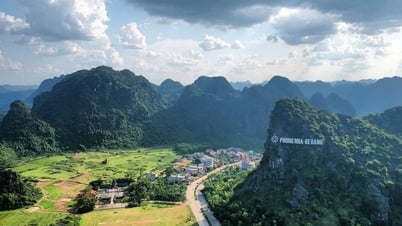

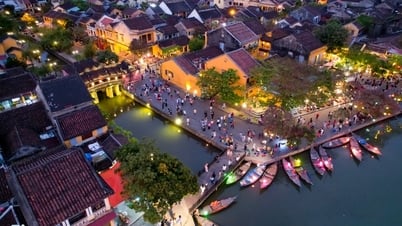

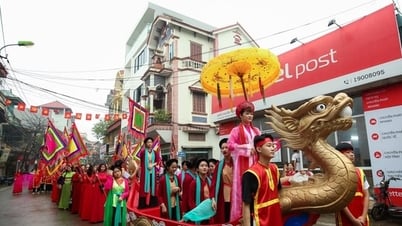



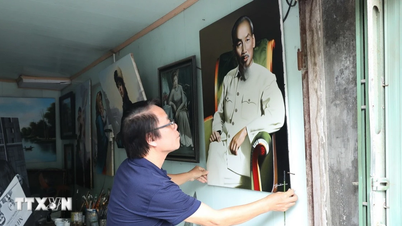






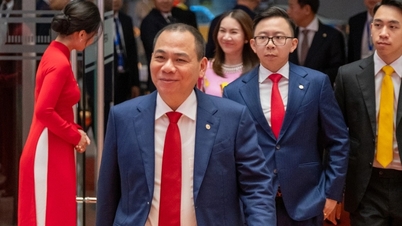










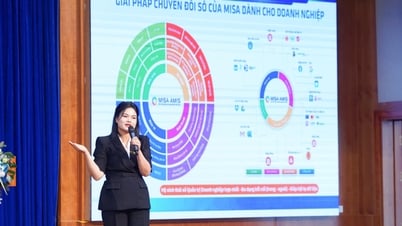






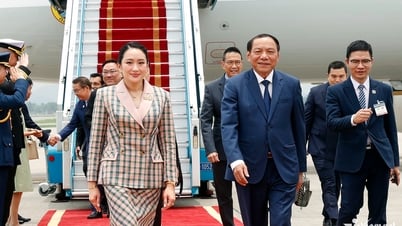
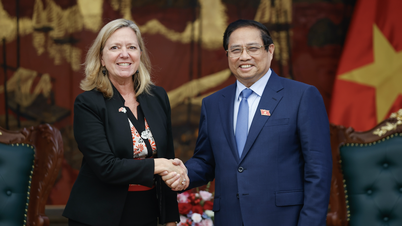





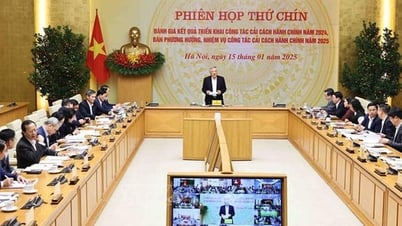
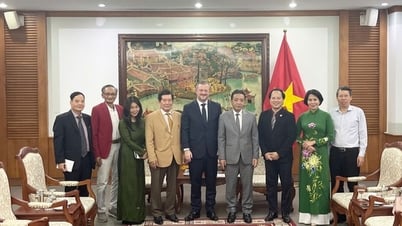
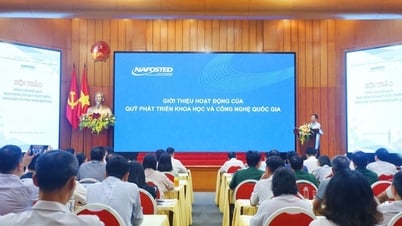

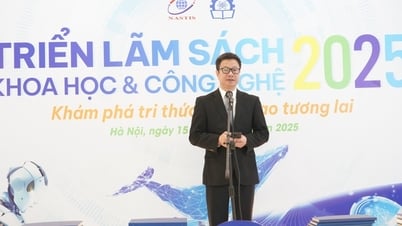
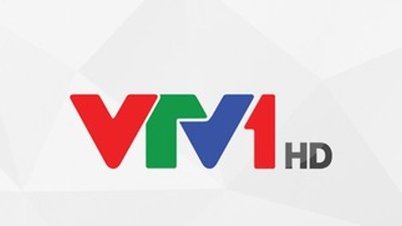

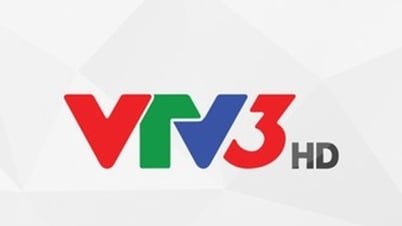
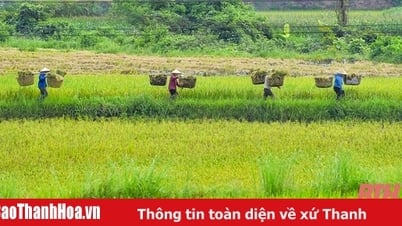

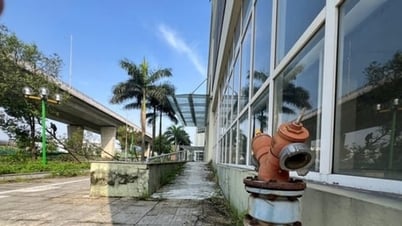
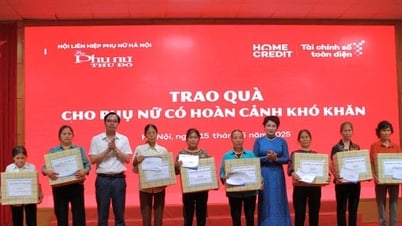





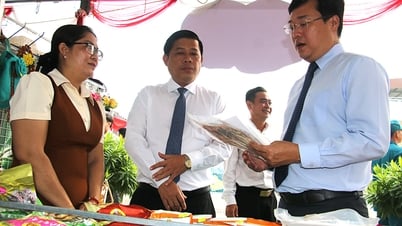


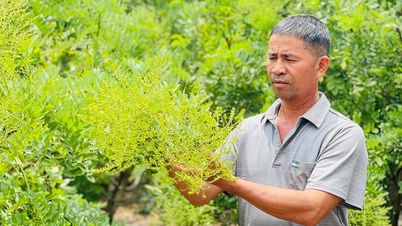
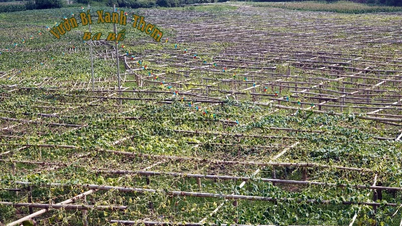

Comment (0)